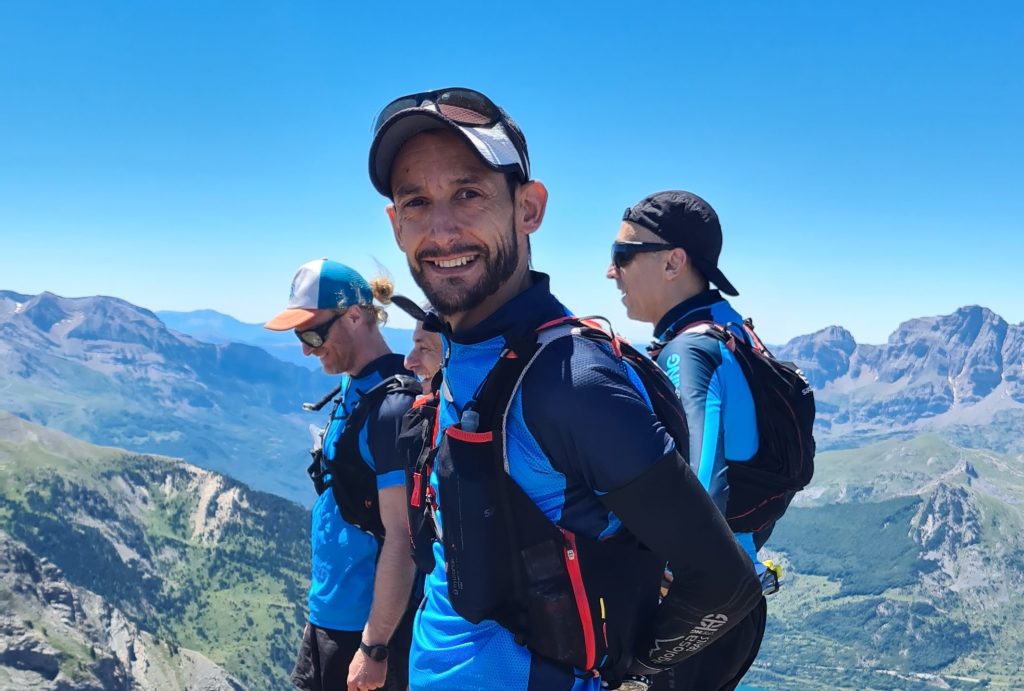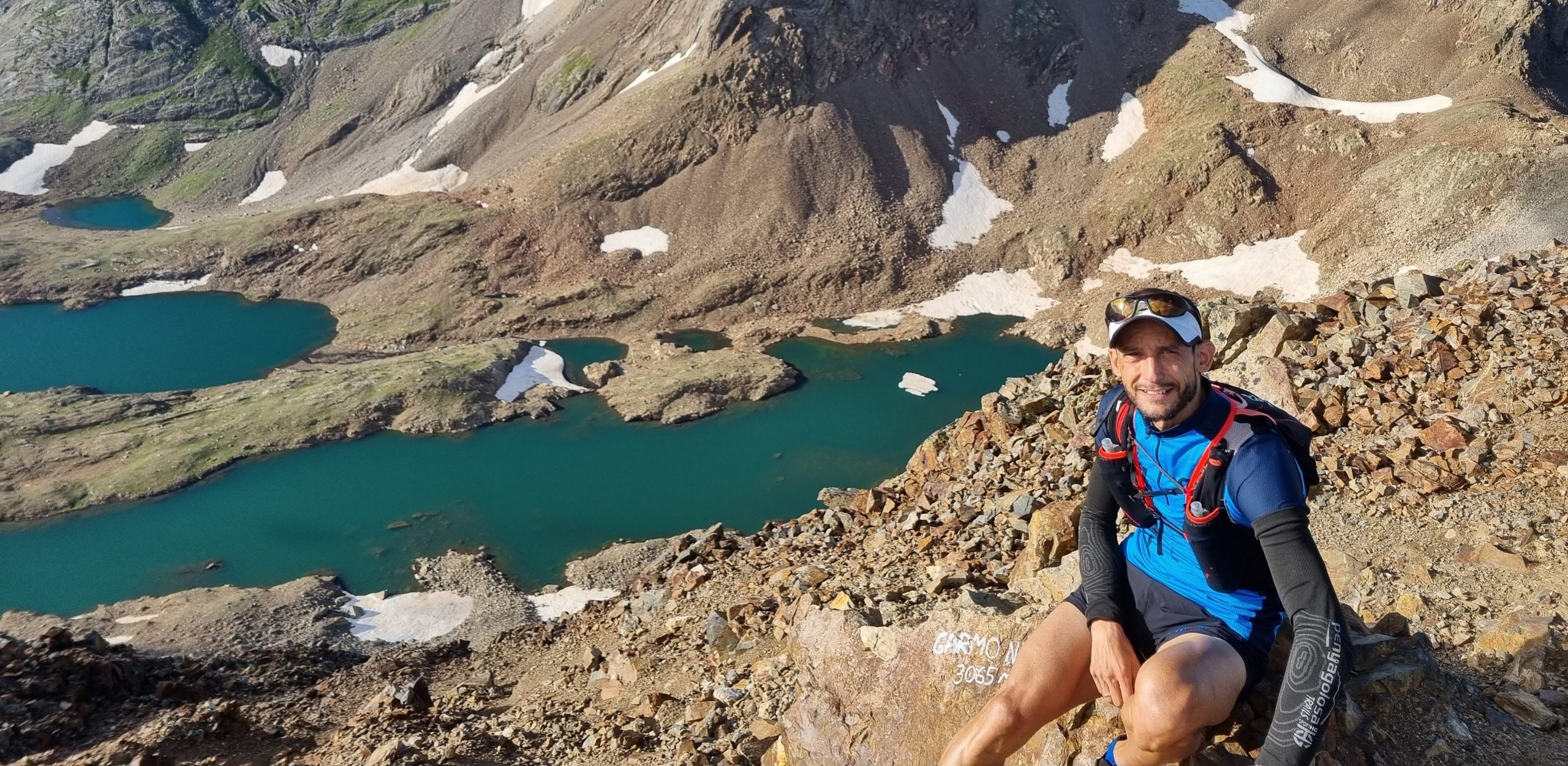How to build a succesful Yearly Training Plan
Dreams, goals and motivation, knowing what you want is an excellent starting point of a new season, and will lead you through the journey of building and executing your yearly training plan.
David Garcia, who is a passionate trailrunner and an experienced trailrunning coach from Spain, will guide you through the yourney…
Blog by David Garcia, Arduua Coach

The beginning of the season is always an exciting time. At this time, we usually set our goals with enthusiasm and hope for what we would like to be an epic adventure.
To do this, our target races (of priority A, B or C, a concept that we will discuss in other posts), will allow us to plan and schedule for the development of physical, technical and, of course, mental abilities throughout the season, and it is also super important that we do all these things in the correct order.
But it is often the case, that when training is not guided by a specialist (accredited coach or graduate in Physical Activity and Sport Sciences, for example), in which these objectives are developed by inertia in a supposedly appropriate order, or more commonly at the random discretion of the athlete.
In any of the cases, it would be necessary to take into account an extremely important point that will be the one that will mark the future of most of this training. And this point is, where do we start from?
Where do we start from?
Although this is a simple question, the answer is not so easy. So, to begin to answer it, we will first have to specify what aspects we want (and need to evaluate), in order to start working on our training.
And why is an initial assessment necessary? Even without suffering any initial injury we need to know what our weaknesses and strengths are. With this we will achieve a greater, faster and above all, more lasting improvement of our physical condition with a lower percentage of probability of injury.
Therefore, knowing our weaknesses (lack of knee or ankle stability, lack of strength in certain muscle groups, or an excessively low aerobic threshold to name a few), will allow us to work on reducing specific deficiencies of our sport and reduce the risk of injury. It will also allow us to have a solid foundation to be able to develop more and better those possible strengths that we have.
On the other hand, knowing our strengths will make it easier for us to plan our main goals (more or less technical, more or less flat, with short and rough or long and steep slopes, for example), and will also allow us to develop them, transforming them into stable pillars from which to build new points of improvement that appear as we move up a step in performance.
“Knowing what aspects we want (and need to evaluate), will allow us to know our weaknesses and strengths, allowing us to create a solid foundation to build on while reducing the risk of injury.”
Therefore, before we begin any training plan or start planning and scheduling our season, we will need to know where we are starting from. At Arduua, we perform a series of tests to determine the following minimum points before starting with the training of our runners:
1.- Mobility Test.
The athlete must present minimum level of mobility and ranges of motion, in order to be in the safe zones for running. These avoid altered running patterns and unwanted compensations that can lead to injuries or less efficient running patterns in the long run.
Some of these tests would be:
– Ankle mobility test. (That knowing your ankle mobility is really important in trail running, where we run on different grades of slope and also it is connected with choosing the right type of trail running shoes that can make your running healthier.)
– Hip extensors and flexors test.
2.- Stability and balance test.
With these tests we look for stability between ankle, hip and knee. Fundamental aspect at the time of running. A lack of alignment in the knee with the other two joints can trigger injuries such as patellar tendinitis, patellofemoral syndrome or ilio-tibial band. These tests are usually performed unipodally and with both legs alternately.
Some of these tests that we use are:
– Test of touching the ground with the opposite hand.
– Knee-hip-ankle stability and alignment test.
– Y balance test.
– One-legged balance test with eyes open and closed.
3.- Strength test.
With these tests we evaluate the strength of our CORE, fundamental point of stability and application of forces in the race.
We also specifically assess the strength of hip extensors, knee, etc.. while also allowing us to assess the stability of the knee, ankle, foot and hip.
Other tests allow us to adjust the workloads in more analytical exercises for the development of lower limb strength.
Some interesting tests would be:
– Frontal and lateral plank test.
– Gluteal strength test.
– Walking lunges test.
– Squat jump (jump from squat without impulse).
– CMJ (Counter Movement Jump)
– 10RM test in squat with barbell.
4.- Aerobic condition test.
Of course, the main work we will do will be aerobic in nature. To do this we will need to determine our work zones establishing the ranges in which we will develop each of the metabolic pathways involved in the Trail.
This will be done through tests such as:
– 20-minute test to determine the FTP/threshold anaerobic threshold.
– 50-60 minutes continuous soft run for the determination of the Aerobic Threshold
– The uphill test we are using with some runners who has available long uphills to establish FTP uphill, much more specific for our discipline.
5.- Running technique test and biomechanical values.
Finally, it is essential to observe the runner and analyze his running pattern. This type of analysis, in which we observe parameters called spatio-temporal, gives us a lot of information. And not only about potentially injuries running patterns, but also about gestures or movements that can affect our running economy and efficiency.
Explaining each of these tests and developing them would take us much more than the space available for this blog. Therefore, if you are interested in them you can check out our webpage “Arduua tests for Skyrunning“, or read more about How we train or our different Coaching plans at our webpage arduua.com.
After that all these tests are performed, we know what you want, and we know where you are today, we can start building your yearly plan. We will talk more about that in this blog later on…
David G – Arduua Coach.


